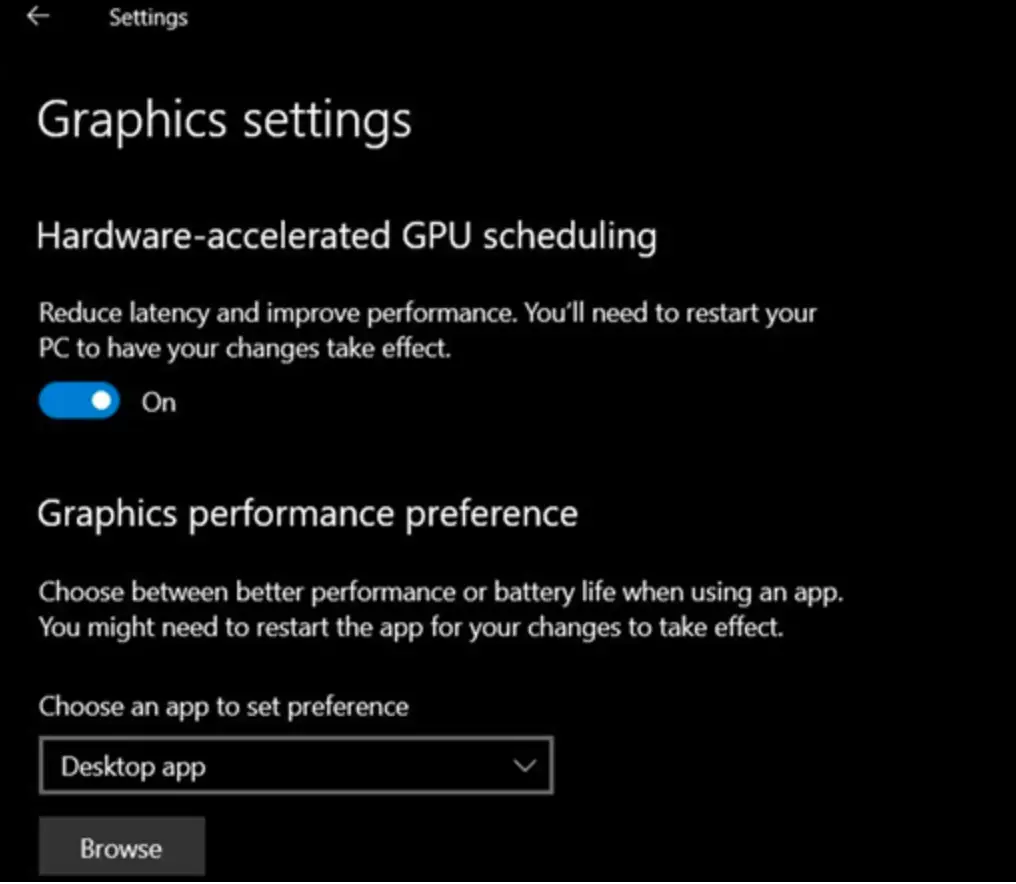Nvidia & AMD support hardware-accelerated GPU scheduling in Windows 10 v2004
During the beta version, Microsoft is building a hardware-accelerated GPU scheduling function, which is actually aimed at improving display performance.
According to Microsoft, the new hardware-accelerated scheduling feature allows graphics card manufacturers to manage their own display memory without relying on Microsoft to allocate display memory.
The obvious advantage brought by this approach is that users can get better display performance while reducing the delay and helping to improve the display frame rate and playback effect. In terms of hardware support, the manufacturers, Intel, Nvidia, and AMD will support this feature.

In Windows 10 Version 2004, Microsoft has optimized the memory management authority of the graphics display card, and its management authority is returned to the graphics card processor.
The dedicated scheduling processor attached to the graphics card will be responsible for the display memory allocation problem, without the need for the CPU processor to pre-process the data before distributing it to the display card.
In this process, the CPU processor can reduce the burden, and the GPU processor can improve efficiency without waiting for the CPU to process.
For the low-end graphics cards, the hardware acceleration scheduling function helps to improve the overall performance. The performance of the high-end graphics cards is very good, so the optimized acceleration effect is not obvious.
Hardware-accelerated scheduling only supports the WDDM version 2.7 driver model, so manufacturers need to develop corresponding drivers based on this model before they can be used.
At present, the GeForce 451.48 and AMD Adrenaline 2020 20.5.1 Beta drivers released by Nvidia already support the WDDM 2.7 model.
Users need to install the latest version of the driver and then check whether the hardware acceleration scheduling function can be normally enabled in the graphical display set in Windows 10.





